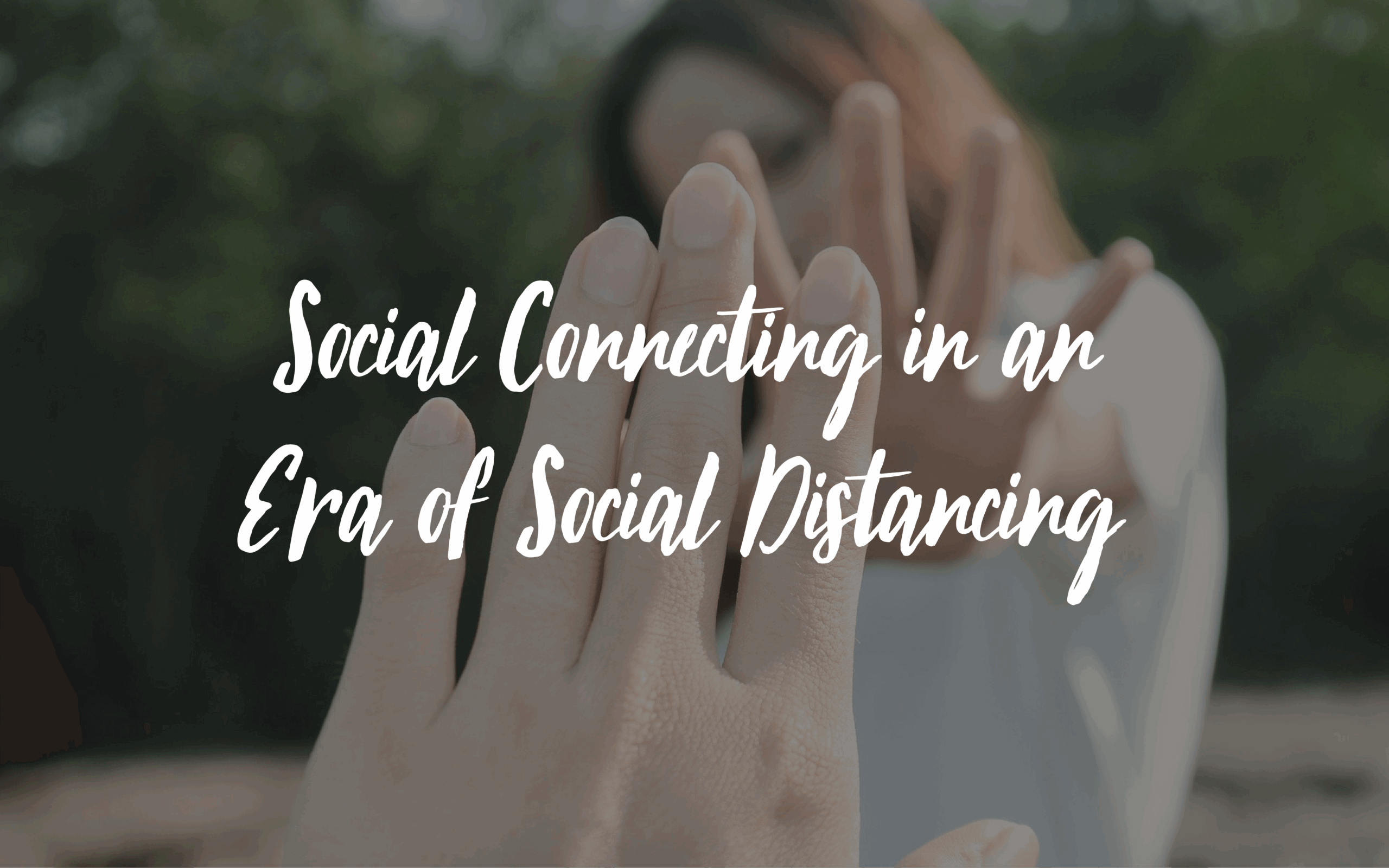Social Connecting in the Era of Social Distancing
Social distancing. It’s all we hear in the news these days.
Battling COVID-19 starts with the most old-fashioned way to avoid illness: physically avoid people. Keeping clear of individuals, sanitizing our hands, and staying in good health are ways we can avoid contracting the virus. We are doing this in an effort to “flatten the curve” and reverse the massive growth of this deadly global pandemic. For the good of all.
But, it’s a little surprising. Think about it.
We live in a world where we are working to send people to Mars. We make delicious burgers without meat, wristwatches that use optical blood oxygen sensors to sense sleep interruptions, robotic dogs so real that they provide comfort, and refrigerators that automatically order food for us. From blockchain to artificial intelligence to autonomous driving, 5G and extended reality. It seems we can do almost anything.
Enter the coronavirus, where humans have no immunity and the global economy is stopped in its tracks. We are at a loss.
Who would have thought? (Ahem, Bill Gates predicted it.)
Now, I’m extremely confident in our ability to innovate and develop new treatments and a vaccine, but it will take some time.
But back to my thoughts on social distancing.
Give Me Some Space!
Let’s talk about space and how much we have between us.
How we humans use space is an official area of study. It’s called proxemics. It was named by Edward Hall in 1963. He defined four spaces:
- Intimate space which is less than one inch.
- Personal space which is 1.5 to 2.5 feet.
- Social space which is anywhere from 4 to 12 feet.
- Public space which is 12 to 25 feet or more away.
Perhaps social distance refers to the social space measure in Proxemics. The term “social distancing” in this context apparently first appeared in 2003.
As Merriam Webster defines it: “the practice of maintaining a greater than usual physical distance from other people or of avoiding direct contact with people or objects in public places during the outbreak of a contagious disease in order to minimize exposure and reduce the transmission of infection.”
Again, that sounds good.
It’s 2020!
But social distancing, to me, in the year 2020 sounds like the wrong way to describe it. We are in an era of social media and social networking. We communicate on our devices more than we do in person, often resulting in odd situations where two people are in the same room thumbing messages at each other instead of talking.
This is the first time I heard the descriptor social intending to pull people apart instead of together. And that doesn’t make sense to me.
Let’s do what the medical professionals advise. To slow this pandemic, let’s keep our distance from others per the recommendations. That’s hugely important. But let’s call it something else. Perhaps physical distancing.
We have heard grumbling about a world where we don’t communicate in person. We live on our phones, laptops, and tablets.
But now, those very devices offer us the most wonderful opportunity today in the midst of a global pandemic: to connect. We can message people around the world in seconds. We can FaceTime and Skype. We can talk on the phone. We can use numerous tools to have virtual hangouts and enjoy each other’s company. I’m joining a wine tasting with some friends in Italy who are hunkered down during this crisis. This is social connecting, not distancing.
As people are isolated and lonely, they can become depressed. People are social beings. We are made for connecting, not distancing.
Practice Social Connecting
Practice physical distancing, yes, but social connecting. The time for us to rely on our technology is now. Call someone who may be lonely. Email someone you haven’t heard from in a while. Post something on Instagram or Twitter. Write a physical note to someone and send it in the mail. Whatever way you can think of, use this time to increase your connection to others.
Because in these trying times social connection matters as much as physical distance.





